10 years of research on Kalīla and Dimna: AnonymClassic (ERC Advanced Grant, 2018-2023) and Arabic Literature Cosmopolitan (ALC, funded via DFG Leibniz Prize 2020-2027) jointly are the first-ever comprehensive study of Kalīla and Dimna. This book of wisdom in fable form is a central text of premodern world literature with a spread easily comparable to that of the Gospel. Over the centuries, Kalīla and Dimna was not only translated and copied but perpetually rewritten and rearranged, so that today we are faced with tradition constisting of innumerable versions. The multifaceted transmission involving over forty languages is being systematically studied at Freie Universität Berlin: the research team led by Beatrice Gruendler and Isabel Toral is developing a synoptic edition to analyze the fluid text corpus of Kalīla and Dimna.
TIMELINE: key events and project stepstones
2025/September: Reading Concepts, Theorizing Arabic Literature panel at the DOT 2025 in Erlangen
The panel “Reading Concepts, Theorizing Arabic Literature” takes place at the 35th Deutscher Orientalistentag (DOT) in Erlangen, convened by Colinda Lindermann, Oualid El Khattabi, and Johannes Stephan. The panel explores practices of conceptual work in the study of Arabic literature, bringing together contributions that engage in extensive terminological and methodological reflection as well as case studies focusing on specific concepts, genres, and works.
2025/August: Interview with Beatrice Gruendler and Isabel Toral on the New Books Network
On the New Books Network (NBN), the largest academic podcast platform worldwide with over two million listeners, New Books in Islamic Studies presents an interview with Beatrice Gruendler and Isabel Toral. The episode centers on their edited volume “An Unruly Classic: Kalīla and Dimna and Its Syriac, Arabic, and Early Persian Versions” (Brill: 2024).
2025/October: Beatrice Gruendler joins the “Classics Today: New Perspectives on Arabic Literature” panel at Frankfurter Buchmesse
Beatrice Gruendler, whose book “The Rise of the Arabic Book” was nominated for the Sheikh Zayed Book Award, participates in a panel discussion on modern perspectives in Arabic literature at the Frankfurter Buchmesse.
2025/July: An Arabic “Book” That Moves: Kalīla and Dimna: Beatrice Gruendler in Orient-Institut Beirut, Cairo
By invitation of the Max Weber Foundation and the Orient-Institut Beirut, Beatrice Gruendler delivers the Second Josef van Ess Memorial Lecture in Cairo, presenting “An Arabic ‘Book’ That Moves: Kalīla and Dimna.”
2025/September: Marwa M. Ahmed presents at DH Day, Ruhr University Bochum
At at Ruhr University Bochum, Marwa M. Ahmed presents “Kalīla wa Dimna: From Manuscript Collection and Segmentation to a Digital Edition.” The presentation shows how, built on LERA, the Kalīla wa Dimna Digital Edition offers open access to a curated selection of manuscript versions with facsimiles, rich metadata, transcriptions, and a synoptic collation system.
2025/July: Khouloud Khalfallah and Marwa M. Ahmed deliver a lecture as part of the “Thinking with Islamicate Manuscripts” summer school in Vienna.
As part of the Thinking with Islamicate Manuscripts summer school at Central European University (June 30–July 11, 2025), Khouloud Khalfallah and Marwa M. Ahmed deliver a lecture on July 1st titled "Manuscript Variations and Textual Mutability: The Case of Kalīla wa-Dimna." Khouloud discusses textual variety and mobility in Arabic manuscripts, while Marwa presents the project’s digital platform to navigate manuscript variations. The session blends methodology with interactive insights on manuscript transmission.
2025/July: Beyond a linear model of rendering texts readable: B. Gruendler and M. M. Ahmed at Temporal Communities closing conference.
The Infinite Texts: Digital Editions as Matters of Time panel (EXC 2020 Conference "Futures of Doing Literature"), chaired by B. Gruendler and M. Ahmed, investigates fluid texts through dynamic encoding and interfaces, exploring both the potential and complexities of non-linear editions.
2025/March: Beatrice Gruendler, 2017 Leibniz Prize Laureate, at DFG's 40th Anniversary Commemoration
The German Research Foundation (DFG) marked the 40th anniversary of the Gottfried Wilhelm Leibniz Prize, Germany's most prestigious research award with a special exhibition. Beatrice Gruendler, 2017 laureate, remains the only representative of Arabic Studies funded in the past forty years.
2025/April: Khouloud Khalfallah with Kalīla and Dimna project in Kuwait City
Khouloud Khalfallah participated in CEFREPA's academic and cultural series of events in Kuwait City, bringing the ancient fables of Kalīla wa-Dimna to younger Arabic generations and new audiences. The stories, which inspired La Fontaine centuries ago, were celebrated through discussions and performances across the city — bridging past and present.
2022/Oct: Codicology Workshop Fez, Morocco
Beatrice Gruendler, Khouloud Khalfallah and Oualid El Khattabi are invited to present at the renowned Rawafed Center for Studying and Researching the Civilization of the Maghreb and the Heritage of Mediterranean, Fez, Morocco for the “Codicology of Arabic Manuscripts and Critical Edition Publishing” workshop.
2024/April: The Framing Narrative issue of JAIS.
JAIS, Journal of Arabic and Islamic Studies, publish their Special Issue on 'Framing Narratives in Premodern Literature: Arabic, Persian, Hebrew', guest edited by Johannes Stephan and Beatrice Gruendler. The issue is available via Open Access.
2020/Feb: J. Stephan initiates the Framing Narratives Reading Group
Literary Theory on Framing Narratives: the Reading Group discusses key texts on the topic. From May 2020, the meetings are being continued online. An in situ/hybrid workshop is held in Nov. 2021, with a major publication to appear in 2024.
2020/April: The research colloquium continues online.
Right after the lockdown in March 2020, the Research Colloquium shifts to online format. Unexpected benefit: researchers from the international academic community now regularly take part in the weekly sessions. The digital format later changes to hybrid, and it is being continued ever since.
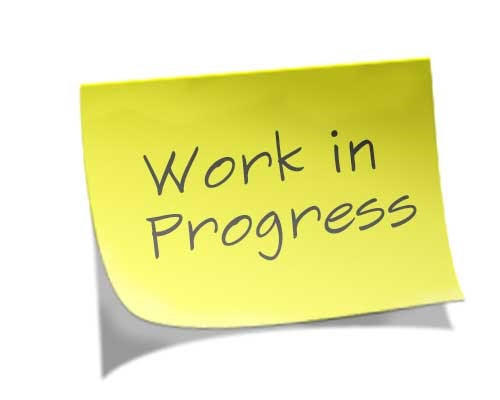
Currently Work in Progress
TIMELINE: Work in Progress
Our TIMELINE will highlight just a small selection of the numerous events held throughout the course of the project, Since we started out in January 2018, the KD team have presented at, chaired, hosted, and co-organized more than three hundred interventions of different size and scope.
2019/July: Matthew L. Keegan joins Barnard College, Columbia Univ.
Postdoctoral researcher Matthew L. Keegan joins Barnard College of Columbia University, New York, as the Moinian Assistant Professor in Asian and Middle Eastern Cultures. At AnonymClassic, he worked on the theorization of fictive writing in pre-modern Arabic.
2019/June: AnonymClassic panel at Universidad de Navarra in Pamplona, Spain.
"Before Factuality/Fictionality: History and Narrativity in Premodern and Early Modern Arabic Literary Tradition": the panel of the annual conference of The Society for the Study of Narrative 2019 held at the Universidad de Navarra is the only session on Arabic literature at the conference.
2019/May: Matthew L. Keegan and Beatrice Gruendler convene workshop on Animals, Adab, and Fictivity
In collaboration with the Dahlem Junior Host Programme (won by M. L. Keegan), the project hosted a week of intense work, close reading sessions and excursions, with a two-day workshop as the final event.
2019/May: PI Beatrice Gruendler is invited key note speaker at the anniversary of the Norwegian Institute of Philology.
Beatrice Gruendler presents the keynote speech at the event AD FONTES about her project on the Arabic translation of the Indian animal fables “Panchatantra”, a work which enjoyed immense popularity in both the Islamic world and in numerous translations in Medieval Europe.
2019/April: The AnonymClassic team discusses the novel approach of the digital KD edition at BERLIN EDIERT!
2019/March: Principal Investigator Beatrice Gruendler highlights the "misbehaving classic" at the annual meeting of the American Oriental Society in Chicago.
2019/spring: Isabel Toral in her role as deputy PI, introduces the project at CSIC Madrid, Univ. of Buenos Aires and London
Among others, she presents at the Sección de Filosofía Medieval of the School of Philosophy and Liberal Arts of the University of Buenos Aires, the Instituto de Lenguas y Culturas del Mediterráneo (CSIC) in Madrid and at the Institute for the Study of Muslim Civilisations, Aga Khan University London with the KITAB project team under the direction of Sarah Savant.
2019/01: Johannes Stephan and Theodore S. Beers join the team as postdoctoral researchers.
With the two young postdocs from Bern and Chicago, the team adds expertise on the Middle Arabic (Stephan) and Persian (Beers) aspects.
2018/Oct: AnonymClassic celebrates its official opening.
The AnonymClassic project celebrated its official opening on October 25, 2018 in a whole-day event.
2018/Oct: The weekly research colloquium is being installed.
Every Thursday, Beatrice Gruendler, her team and guests share their findings on Kalīla and Dimna and related topics. The regular colloquium meetings quickly grows into the "anchor" point of academic exchange and interaction for the project.
2019/June: Yoones Dehghani Farsani from Beijing University joins the team as a guest researcher.
Yoones Dehghani works on Arabic and Persian philology and codicology at the Oriental Department of Staatsbibliothek zu Berlin – Preußischer Kulturbesitz. He was AnonymClassic Visiting Scholar in 2019 and 2020.
2018/Nov: The Mahābhārata Tales in Kalīla and Dimna. Close Reading Workshop with F. de Simini, Naples
Florinda de Simini leads her own ERC grant: the DHARMA project (ERC n° 809994) has been launched on May 1st, 2019. It is a 6-year project (2019-2025) financed on an ERC Synergy Grant 2018. A second workshop is held in April 2019.
2018/Sept: Jan J. van Ginkel at the World Syriac Conference, India: The Syriac versions of Kalila and Dimna.
2018/July: PI Beatrice Gruendler presents her results on “Variations of Difference: Challenges in Editing Kalīla wa-Dimna”.
Glenn W. Most, awarded with the Anneliese Maier Forschungspreis, celebrates the occasion with a workshop event.
2018/June: Marcus Poeckelmann (Halle Univ.) discusses "Adjusting LERA for the Comparison of Arabic Manuscripts of Kalīla wa-Dimna" at the 29th Digital Humanities Conference (DH 2018) in Mexico City.
2018/June: Beatrice Gruendler presents a chapter of the Kalīla and Dimna tales at N8 2018.
"Lange Nacht der Wissenschaften" is a public event joining numerous scientific institutions throughout Berlin. N8 provides the platform for presenting science and academic research to a broad general public.
2018/Feb: Prof. Beatrice Gründler delivers Leibniz Lectures in Delhi and Hyderabad
2017/April: In addition to the Leibniz prize of the German Research Foundation, Beatrice Gruendler receives ERC Advanced Grant. The overall volume of both grants adds up to over five Mio - to fund the Kalīla and Dimna research endeavor.
Image Credits

wip
Image Credit: —
Events

SPOTLIGHTS: What we are interested in
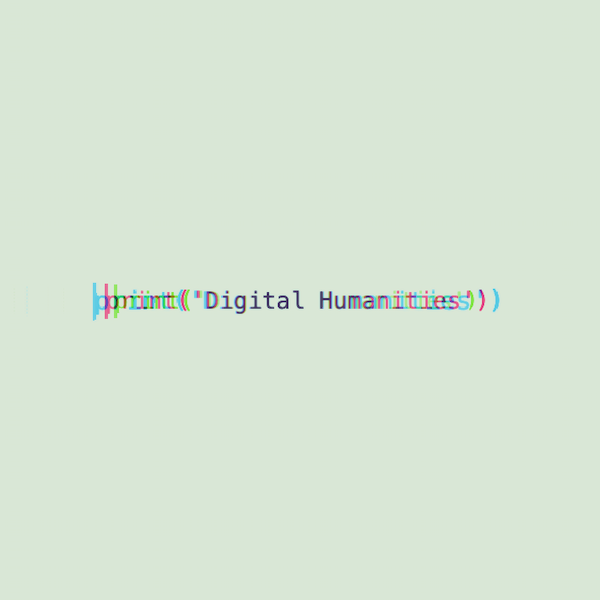
Data Management Profiling
The Kalīla and Dimna research project has served as a kind of pilot program for sustainable data management practices within the broader research community. In simplified terms, the objective to assemble a large corpus of digitized manuscripts (mostly in Arabic) of the book Kalīla and Dimna meant to develop a software platform for analyzing those manuscripts and creating textual editions based on them. There are, it should go without saying, many challenges associated with such a project—one of which is data management.
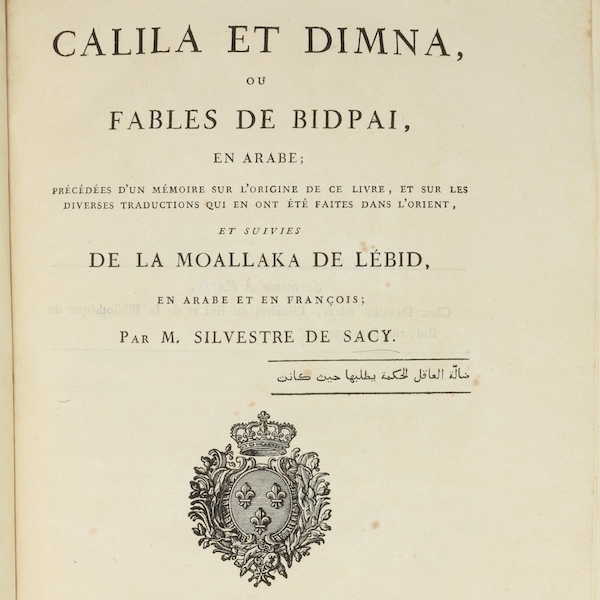
Project Publications
Whenever possible, publications by the Kalila and Dimna research team and partner are being made available via Freie Universität Berlin’s institutional repository REFUBIUM. This transparency extends also to the research bibliography the team has built. Click below to access.

Global Arabic Literature Cultures: New Publications Series at Brill
Global Arabic Literature Cultures (GALC) is a publications series published by Brill.
It explores Arabic literature in a global perspective and currently includes volumes by Isabel Toral and Beatrice Gruendler, by Sulaiman Adewale Alagunfon, and by Ulrich Marzolph and Colinda Lindemann.
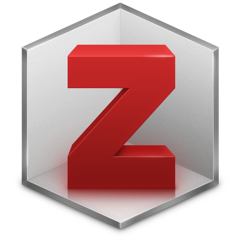
Kalīla and Dimna Research Bibliography
The Kalīla and Dimna Research Bibliography is the most comprehensive reference collection on the subject and is available in Open Access. The Research Bibliography contains over 2,100 bibliographical entries, on topics related to Kalīla and Dimna, 122 of which are Arabic manuscripts alone.
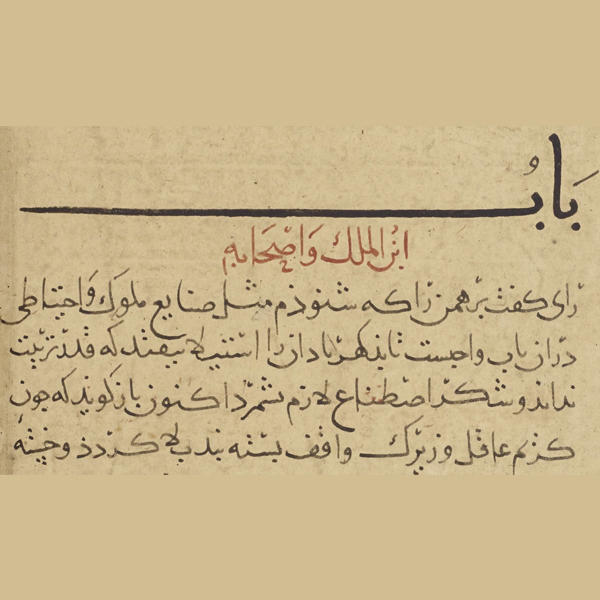
Persian Kalīla and Dimna
Persian is one of the key languages in the global textual tradition of Kalīla and Dimna. This is true whether we mean Middle Persian (also known as Pahlavi) or New Persian (which we call simply Persian). According to the traditional origin story of Kalīla and Dimna, the book began its life in Sanskrit; was brought to Iran and translated/adapted into Middle Persian in the Sasanian period; and was, from that basis, translated into Syriac and Arabic—the latter at the hands of Ibn al-Muqaffa‘ (d. ca. 757 CE), an ethnic Persian secretary at the Umayyad and Abbasid courts. All subsequent versions derive from the Arabic.

How the AnonymClassic logo was created
The graphic of the project logo "AnonymClassic" is set in type "B Esfehan Bold", a modern adaptation of the Arabic Kufi script. It combines the Arabic initials of "Kalila and Dimna" (Kāf and Dāl). Both symbols, in the style of Arabic calligraphy, are combined to form a compact shape that is simultaneously open at the top and left.
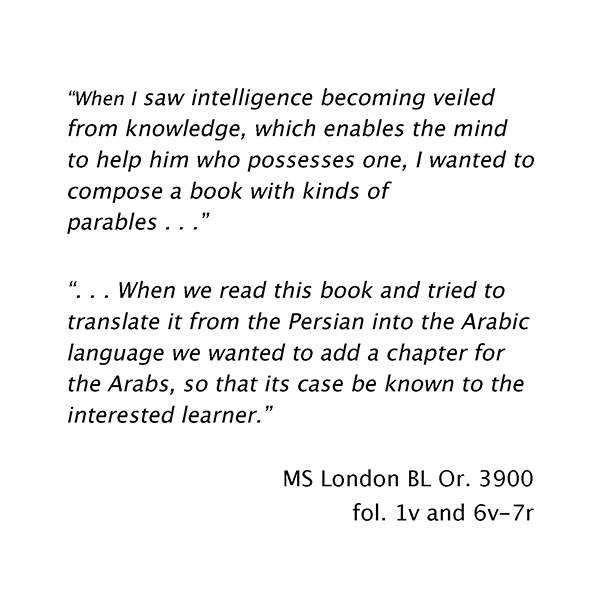
Anonymous
Who was the author or the authors of Kalila and Dimna? The question of authorship is indeed an intriguing one. Kalīla and Dimna, it is true, belongs to a broad group of translations from Sanskrit (via Middle Persian) to Arabic of works that had been transmitted orally over centuries and have no known authors.
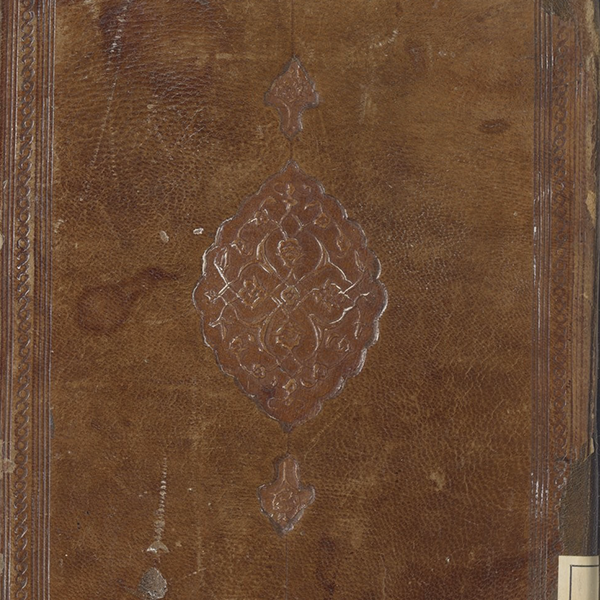
How to use a book
When he adapted the Middle Persian version of Kalīla and Dimna, at a time when the book was a newly introduced data carrier in Arabic-Islamic culture, Ibn al-Muqaffaʿ (d. 757) found it necessary to accompany this with a preface to explain what a book was for, and this book in particular. According to Ibn al-Muqaffaʿ, reading was a serious endeavor, and to be done mindfully, even though he envisaged different ways of reading by different audiences.
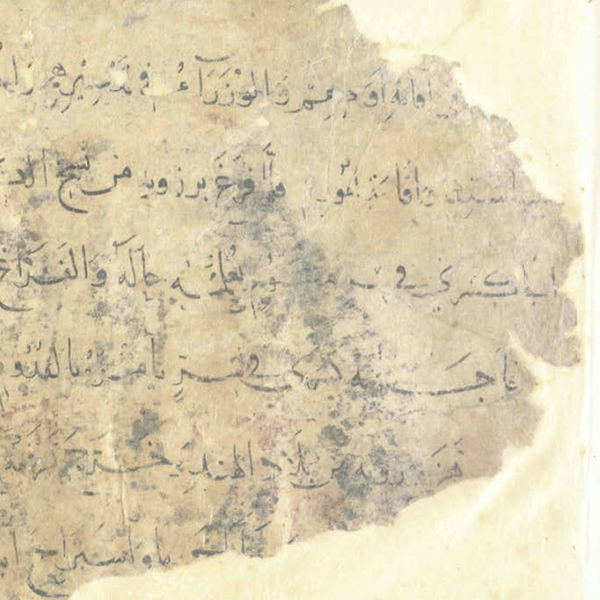
Digital reconstruction
The manuscript Rabat MM 3655 is one of many treasures of the Royal Library of Morocco. It has been dated by Bernard O'Kane (Early Persian Painting, London 2013) to the second part of the thirteenth century (between 1265 and 1280), which makes it one of the oldest codices of Kalīla and Dimna.
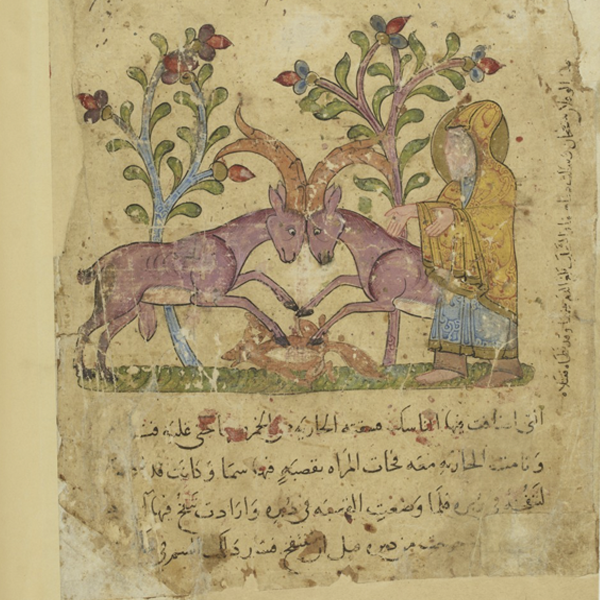
Image cycles
Illustrations are an essential element in the textual history of Kalīla and Dimna; they do not only increase the material value of manuscripts, but also provide an important source of information for their date and place of production and their relation to other manuscripts.
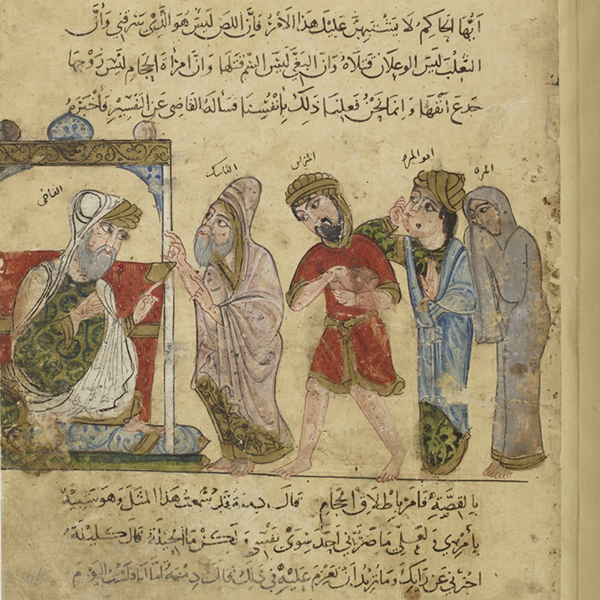
Cultural translation
When Kalila wa Dimna was read, copied, translated and rewritten in more than 40 languages, the structure and content underwent significant transformations, since it had to be transferred into very diverse linguistic, cultural and religious contexts. To approach these complexities adequately, AnonymClassic views translation as an active process of acculturation and adaptation, i.e. as cultural translation.
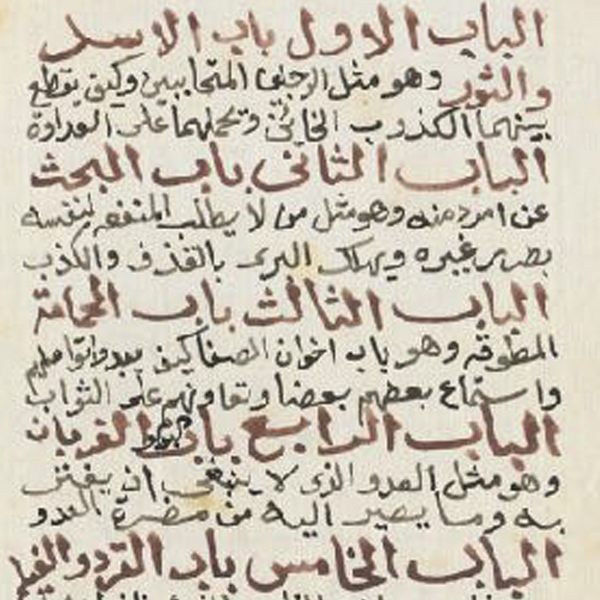
Copyist-coauthors
AnonymClassic understands the variations in Kalīla and Dimna as being part of its textual history. Its multiple and diverse versions make Kalīla and Dimna an oscillating text that calls for a redefinition of the notion of “copyist” in Arabic literary culture.
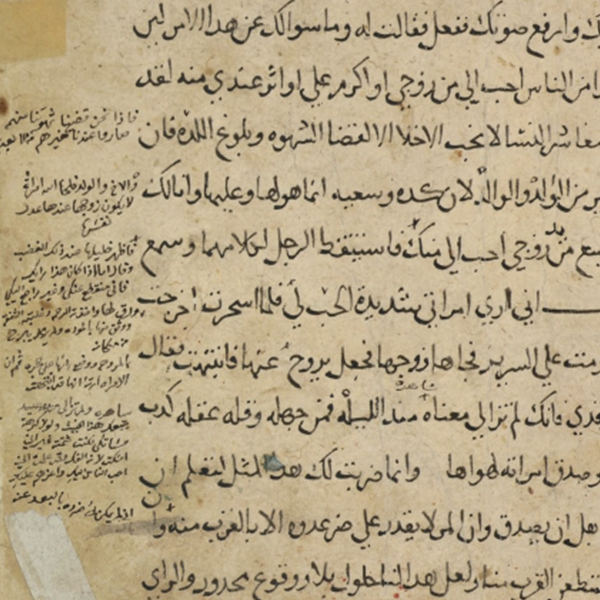
Marginal notes
Marginal notes, a common ingredient of Arabic manuscripts, are not frequent in the circa 100 manuscripts of Kalila wa-Dimna so far identified.
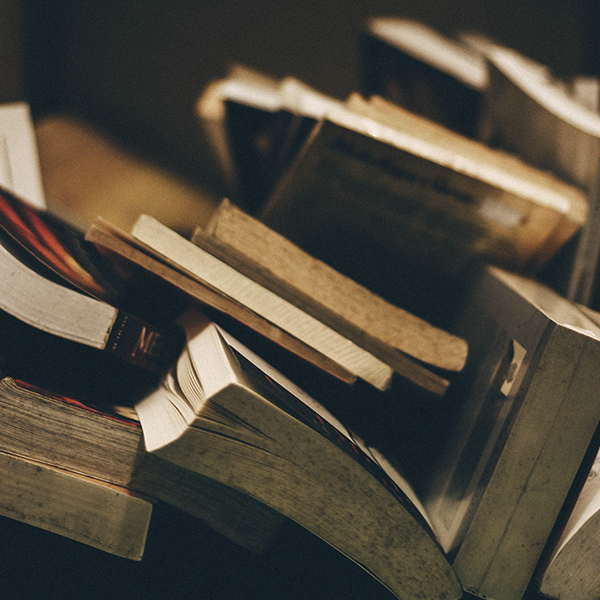
Indirect transmission
Short citations of Kalīla and Dimna have been identified in thirty classical works. The 9th-century century History (Ta’rikh) by Ya’qubi (d. 897), even provides an entire table of contents with a brief summary and the didactic purpose of each chapter and constitutes an early witness for the shape of the book as a whole.
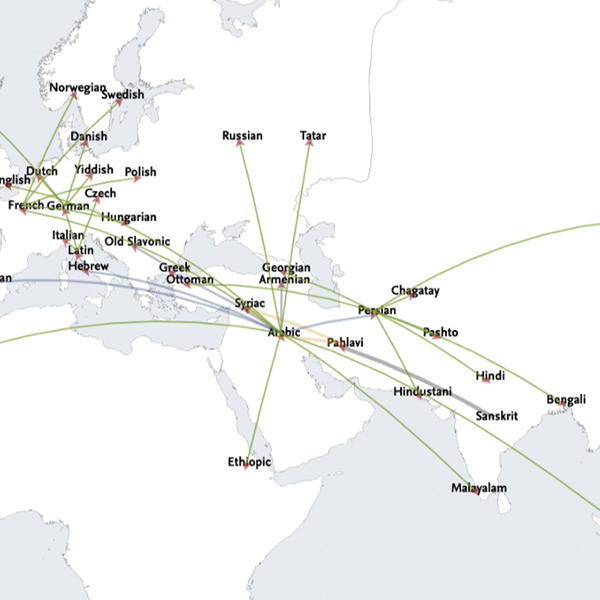
World literature
AnonymClassic will challenge the prevalent Western theoretical lens on world literature conceived ‘from above’ confronting it with the view ‘from below,’ based on the attested cross-cultural network constituted by the many versions of this text that circulated beyond religious, linguistic, and cultural boundaries. AnonymClassic will thus introduce a new paradigm of an East-Western literary continuum with Arabic as a cultural bridge.
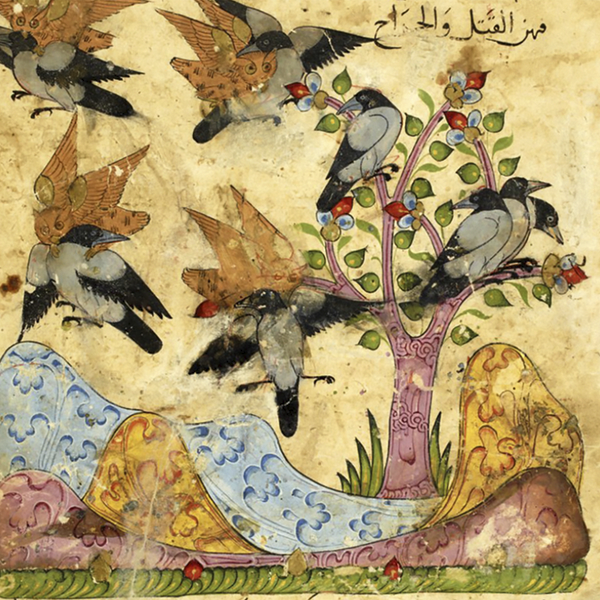
Syriac text versions and tradition
We know of a Syriac-Aramaic translation/redaction of the lost Middle Persian copy, and there is a Syriac-Aramaic version of a rather early Arabic text variant. Comparative analysis will lead to an insight into tradition and early stages of the book.
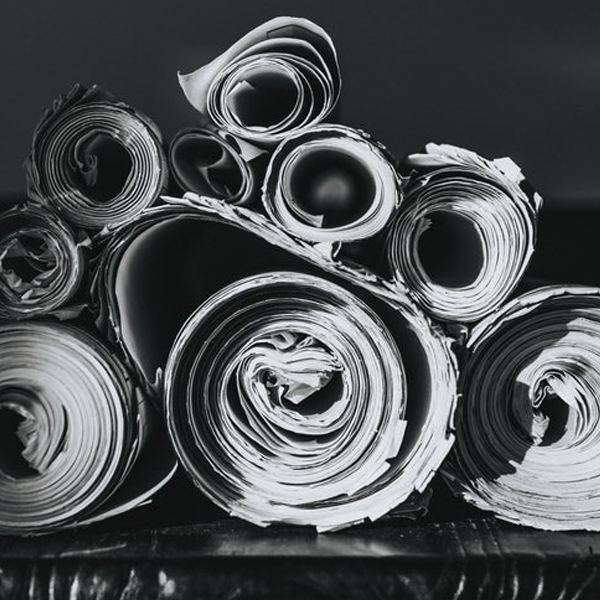
Theory of fictive writing
Kalīla and Dimna was a paradigmatic work of Classical Arabic belles-lettres. To understand this text's reception, we must understand how readers theorized fictive writing and how they situated this text vis-à-vis other kinds of fictive writing.
Image Credits

DH Spotlight_Square
Image Credit: —

Project Publications_Image
Image Credit: inlibris.com

Brill
Image Credit: —

image001
Image Credit: Zotero

persian
Image Credit: Leaf 396 of Manchester, John Rylands Library, Persian MS 68, dated 616/1219.

anonym
Image Credit: —

book_binding
Image Credit: Bibliothèque nationale de France, MS arabe 3477

dig_rest
Image Credit: Rabat 3655 PDF page 4, Bibliothèque Royale of Rabat

image_cycle
Image Credit: Bibliothèque nationale de France, MS arabe 3467

coauthor
Image Credit: Staatsbibliothek zu Berlin, Wetzstein II 672 KD, folio 13v

marginal
Image Credit: München Bayerische Staatsbibliothek, Cod. Arab. 616, fol. 94r

dissemination
Image Credit: Kalila and Dimna — AnonymClassic, Freie Universität Berlin, Advanced Grant funded by the European Research Council (ERC)

raven
Image Credit: Bibliothèque nationale de France, MS arabe 3467 66v
CONTRIBUTORS and PARTNERS
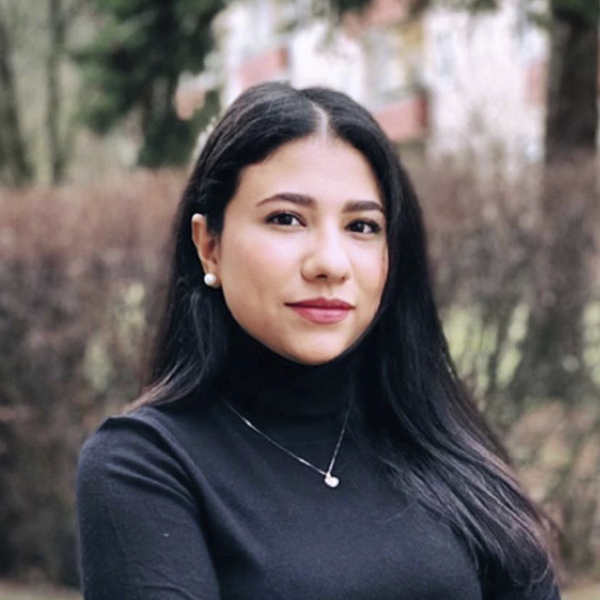
Hala Abdalhadi
Hala Abdalhadi is responsible for Arabic manuscript translations and contributes to the KD Digital Edition.
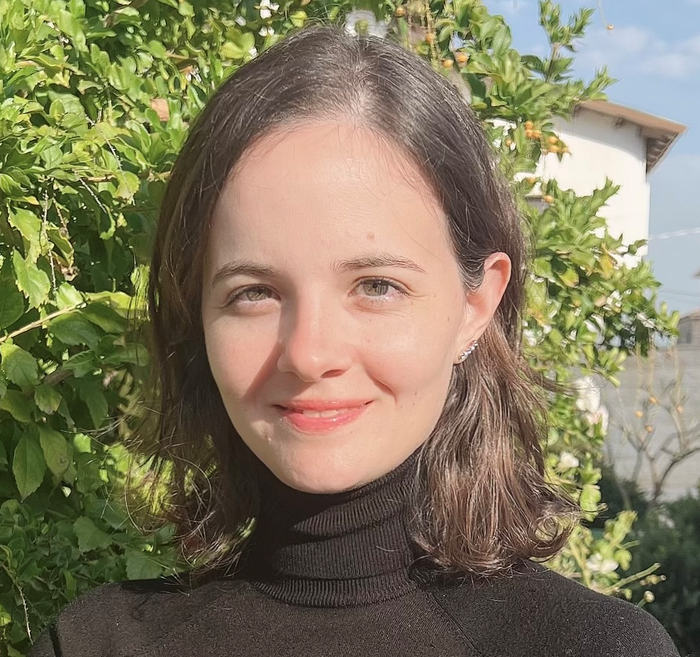
Maysoon Shibi
Maysoon Shibi explores the Hebrew versions of Kalīla and Dimna, and their comparative/contrastive close reading in the context of the multiple languages of the Digital Edition established by the research group so far. She especially focusses on the juxtaposition of Arabic and Hebrew linguistic as well as cultural features.

Heba Tebakhi
Heba Tebakhi has been part of the KD team since the early project phase; now external senior researcher, she contributes to the manuscript digitization and evaluation processes.
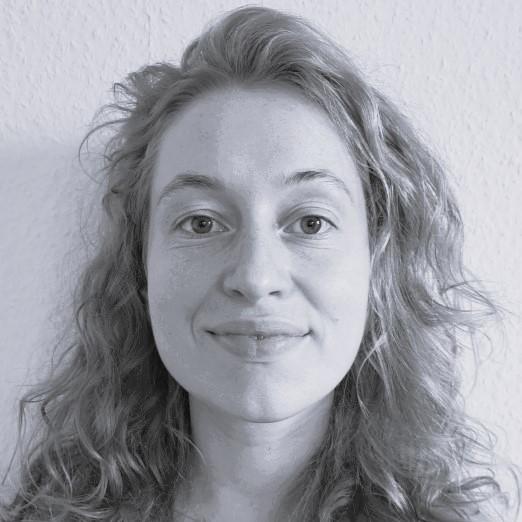
Mathea Glaubitz
Mathea Glaubitz holds a MA in Comparative Literature from Freie Universität Berlin. She contributed to the project's publications management.

Albert Schlosser
Albert Schlosser reads Arabic Studies at Freie Universität Berlin; to the Kalīla and Dimna research project, he contributed particular expertise of manuscripts written in Garshuni script.
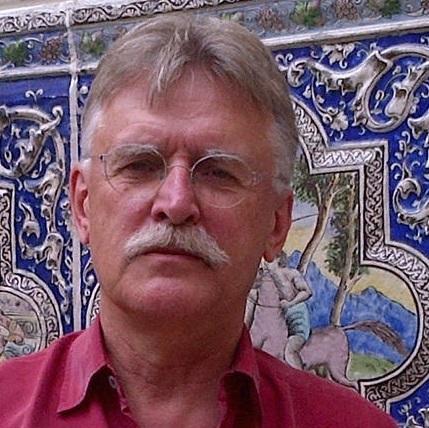
Ulrich Marzolph
Ulrich Marzolph researches Middle Eastern popular literature and narrative culture. His research project on "101 Middle Eastern Tales and Their Impact on Western Oral Tradition" was published in 2020.

Rachel Peled Cuartas and Ulpán Hebreo Sefarad
Rachel Peled Cuartas works on the Hebrew versions of Kalīla and Dimna and Barlaam and Josaphat (The Prince and the Monk), translating them to Spanish and English.

Oualid El Khattabi
Oualid El Khattabi is responsible for the manuscript transcription team as well as the near-verbatim English translations of the Digital Edition.
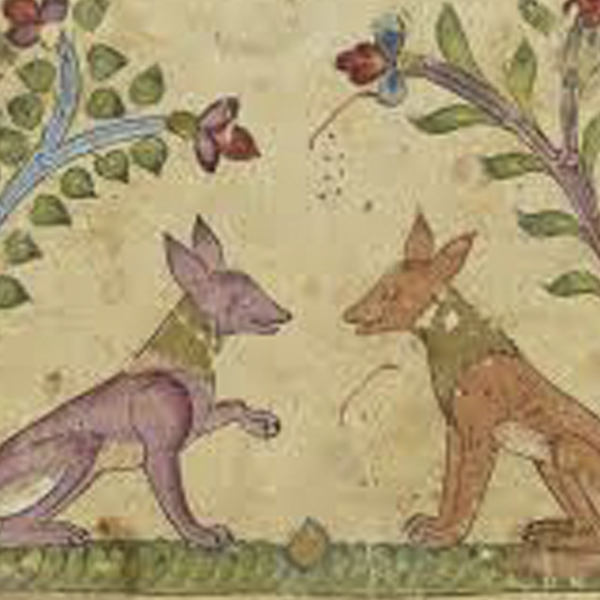
Dima M. Sakran
Dima M. Sakran is a student researcher, she works on manuscript codicology data and their implementation in the project’s Digital Edition.
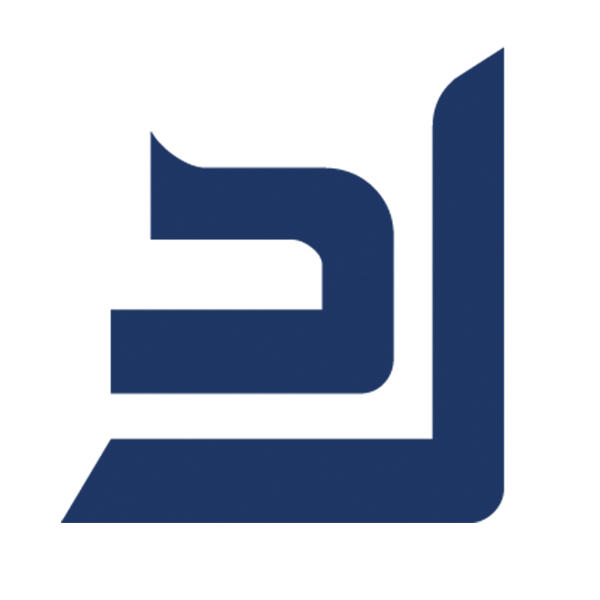
Agnes Kloocke
Project coordinator Agnes Kloocke is responsible for project and budget management as well as project events and public relations.
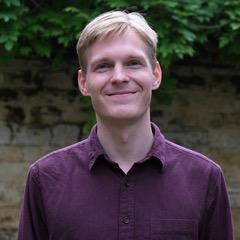
Ruslan Pavlyshyn
Ruslan Pavlyshyn is Ertegun Scholar at the Faculty of Oriental Studies, University of Oxford (Pembroke College), graduating in Islamic Studies and History.
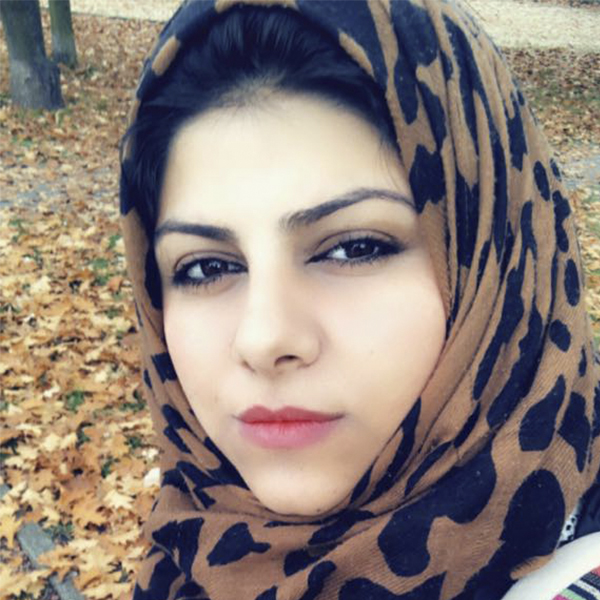
Marwa M. Ahmed
Marwa M. Ahmed developed the software engineering of the project's Digital Preview Edition and manages the project’s Digital Edition workflows.

Pascal Belouin
Pascal Belouin works as an IT Architect for Department III of the Max Planck Institute for the History of Science (MPIWG), which aims to facilitate and streamline humanities research through the use of digital tools.

Michael Fishbein
Lecturer in Arabic (retired), Department of Near Eastern Languages and Cultures, University of California Los Angeles

Knowledge, Information Technology, and the Arabic Book (KITAB)
KITAB provides a digital tool-box and a forum for discussions about Arabic texts. We wish to empower users to explore Arabic texts in completely new ways and to expand the frontiers of knowledge about one of the world’s largest and most complex textual traditions.
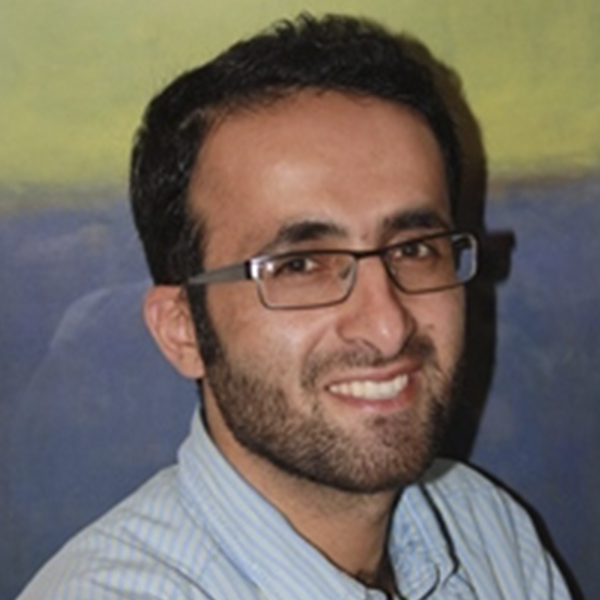
Yoones Dehghani Farsani
Yoones Dehghani works in the fields of Arabic and Persian philology and codicology at the Oriental Department of Staatsbibliothek zu Berlin – Preußischer Kulturbesitz. He was AnonymClassic Visiting Scholar in both 2019 and 2020 and stays part of the Kalīla and Dimna research project.
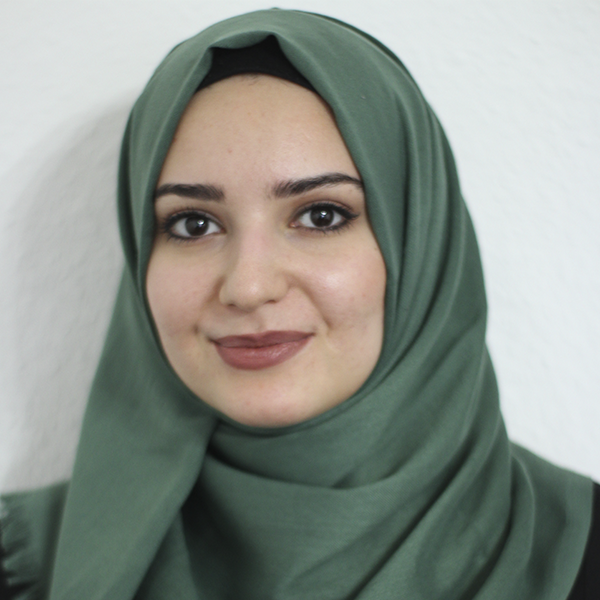
Rima Redwan
Rima Redwan explores the manuscript illustrations within Kalila and Dimna traditions. She earned her MA in Arabic Studies specializing in manuscript studies.
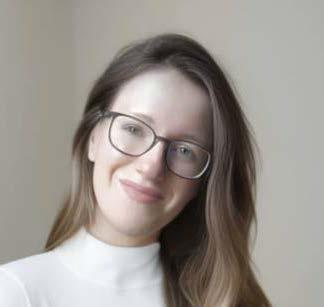
Victoria Mummelthei
Victoria Mummelthei teaches at the Arabic Studies Department; after her corpus linguistic dissertation on the poetry of the Syrian author Nizar Qabbani (1923-1998), she is now researching the "language of Arabic Studies" from a meta-scientific perspective. She is the deputy academic advisor for the Master's programs Arabic Studies and Interdisciplinary Studies of the Middle East (ISME), and is responsible for academic communication and social media both for the Arabic Studies Department as well as ISME.
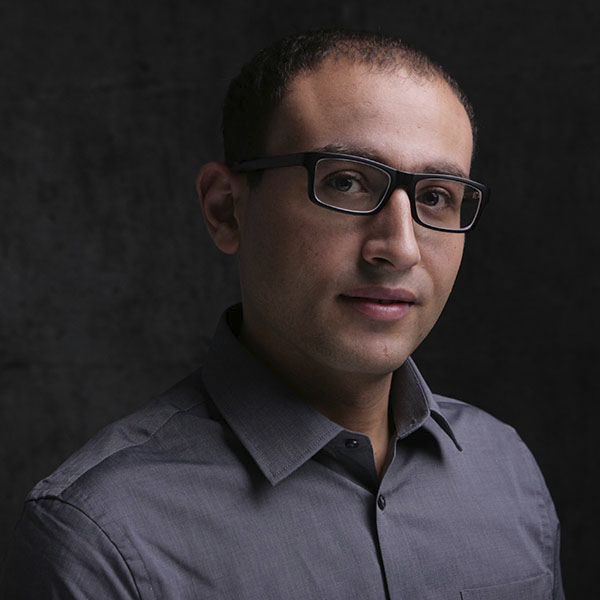
Mahmoud Kozae
Mahmoud Kozae provided the conceptual and computational framework for the project's Digital Edition.
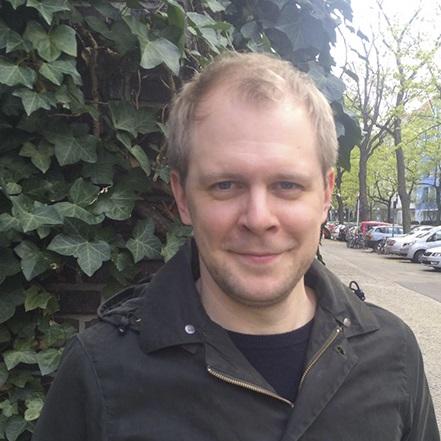
Johannes Stephan
Johannes Stephan explores the indirect transmission of Kalila wa-Dimna in Arabic from the 9th century onwards, focusing on the significance of linguistic variations and registers.
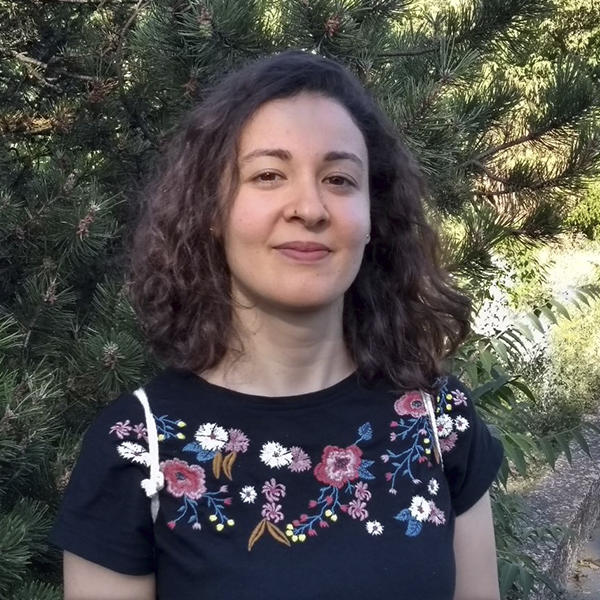
Khouloud Khalfallah
Khouloud Khalfallah curates the codicological analyses of the Arabic manuscript versions as well as the digital manuscript archive.
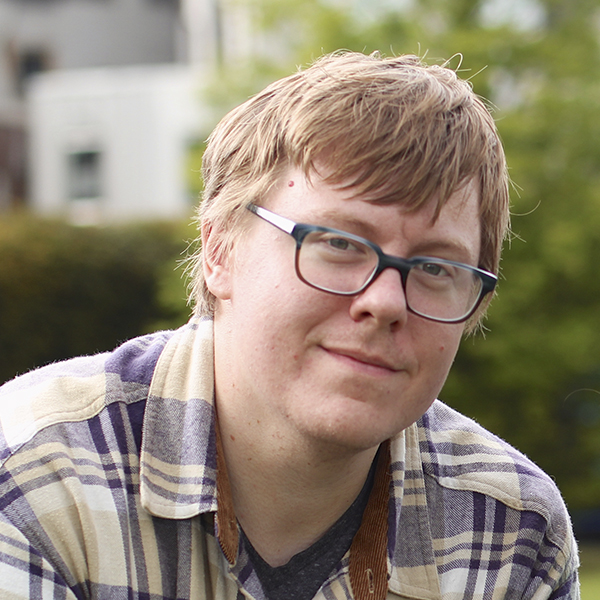
Theodore S. Beers
Theodore S. Beers, Persian and Arabic philologist, focuses on the transmission, translation, and reworking of material connected to Kalīla wa-Dimna, with particular regard to the interplay between the Arabic and Persian traditions.
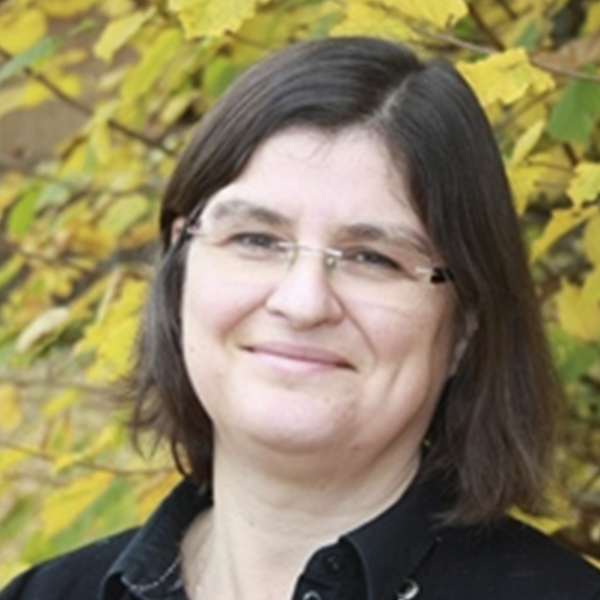
Isabel Toral
Isabel Toral, deputy PI, focuses on aspects of fictional storytelling and cultural translation.

Beatrice Gruendler
Beatrice Gruendler is the Principal Investigator of the project. Her philological expertise and her interest in Digital Humanities in the field of Arabic philology and Non-Latin Script Data are at the core of her research.
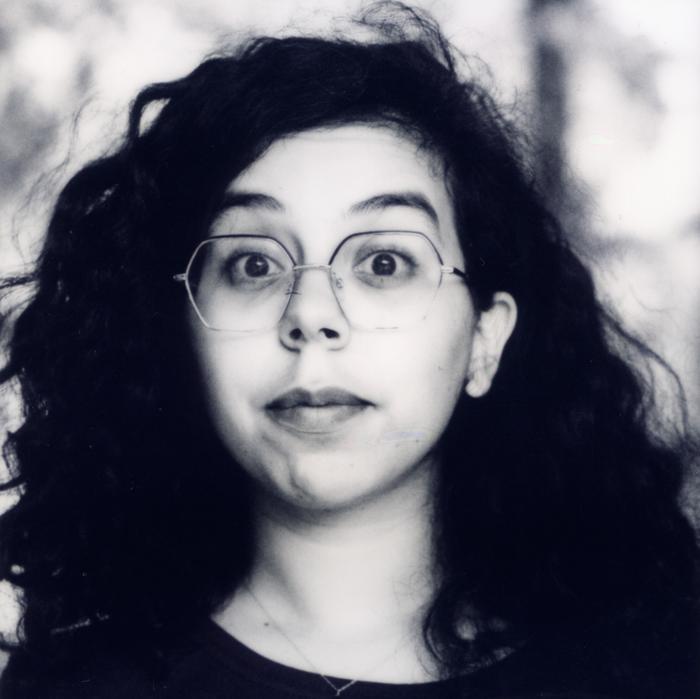
Asmaa Essakouti
Asmaa Essakouti is a Postdoc researcher focusing on Premodern and Modern Arabic literature, Maqāmāt, Adab, Narratology, Fiction, and Nahda.
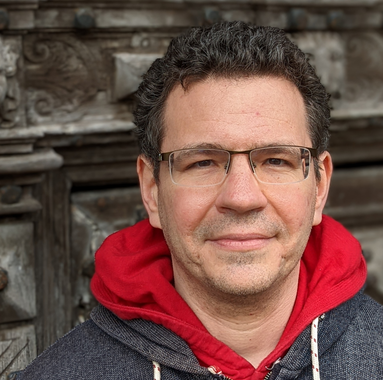
István Kristó-Nagy
Senior Lecturer in Arabic and Islamic Studies at the University of Exeter, England.

Jens Inden
Jens Inden researches on Arabic poetics for his PhD thesis at the University of Texas, Austin (Prof. Dr. Avigail Noy). He works on the influence of Persian wisdom on the Arabic versions of Kalīla wa-Dimna.
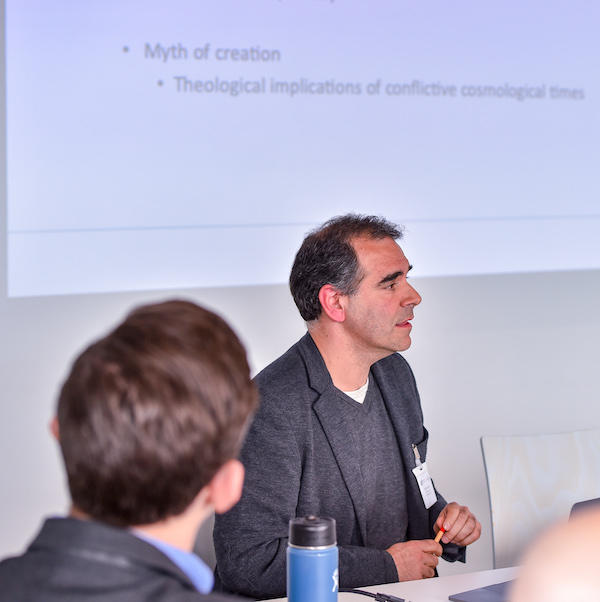
Ignacio Sánchez
Ignacio Sánchez is Distinguished Research Fellow at the Escuela de Traductores de Toledo, University of Castilla La Mancha, Spain.
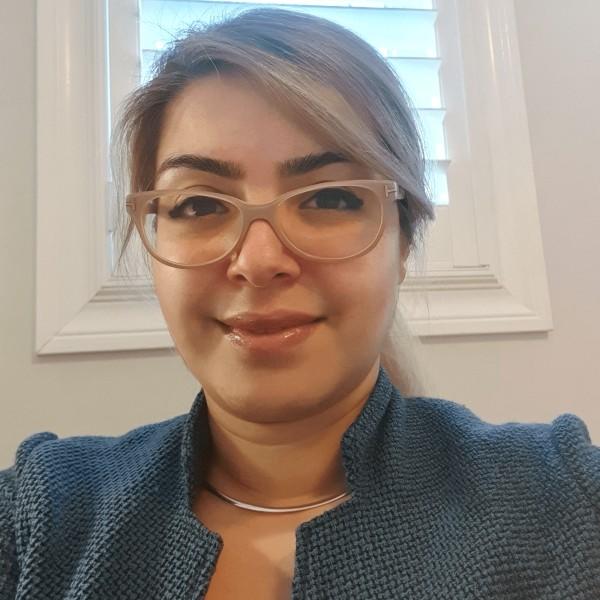
Pegah Shahbaz
Pegah Shahbaz specializes in Persian literature and works on questions of narratology, translation, and systems of knowledge transmission in the Persianate World.
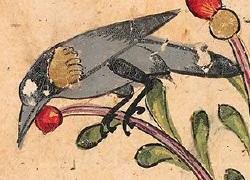
Alice Woolston
Alice Woolston is a student researcher of the KD research project. She is responsible for the project's Research Bibliography on ZOTERO (available online).
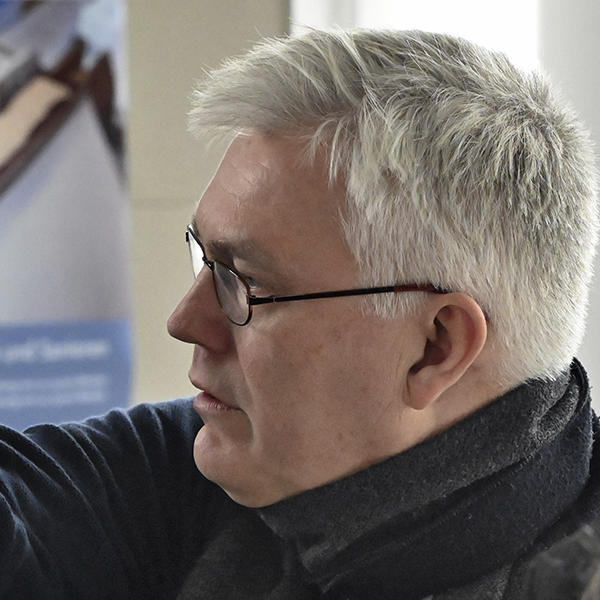
Jan van Ginkel
Jan van Ginkel researches on Syriac as a bridge culture in the Middle East, his findings are at the core of the project's research.
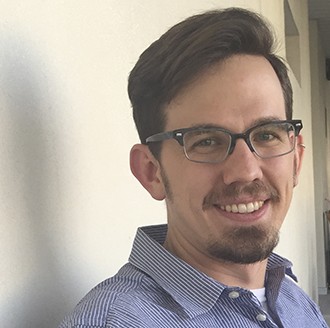
Matthew L. Keegan
Matthew L. Keegan worked on the theorization of fictive writing in pre-modern Arabic. In 2019, he became the Moinian Assistant Professor in Asian and Middle Eastern Cultures at Barnard College of Columbia University.
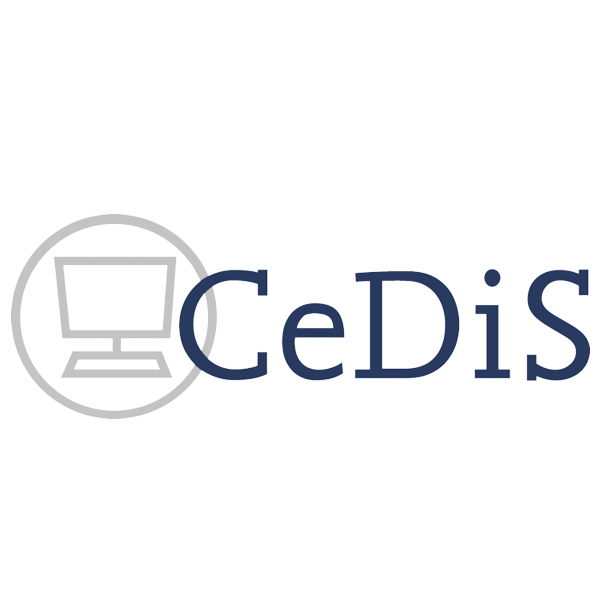
CeDiS
The Center for Digital Systems (CeDiS) is the competence center for e-learning, e-research and multimedia at Freie Universität Berlin, supporting all inhouse institutions in the use of digital media and technologies in teaching and research.
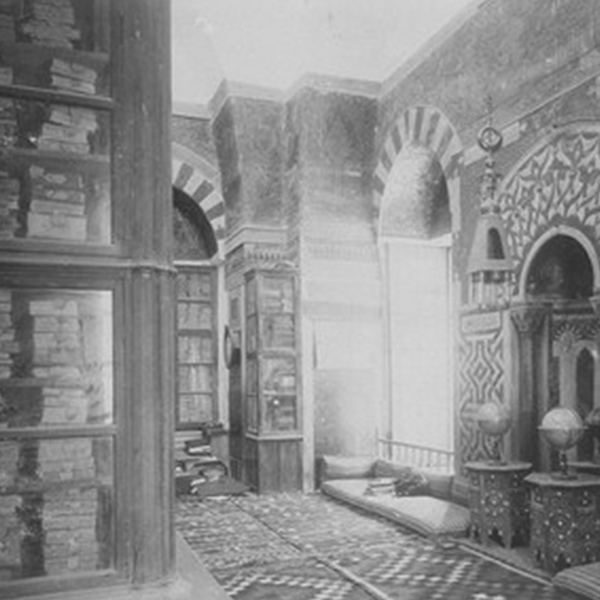
Bibliotheca Arabica
Bibliotheca Arabica is dedicated to research on Arabic literatures dating from the years 1150 to 1850 CE, and combines literary and manuscript studies. Within this defined period of investigation, Bibliotheca Arabica focusses on literary production, transmission, and reception, and sets these in relation to the political and social transformations that were taking place at that time.

Kalîla wa Dimna BnF
"Tradition manuscrite et transmission iconographique: les manuscrits à peintures de Kalîla wa Dimna à la Bibliothèque nationale de France" aims at the description and interpretation of the Arabic, Persian and Turkish manuscripts of Kalila wa-Dimna preserved at the Bibliothèque nationale de France.
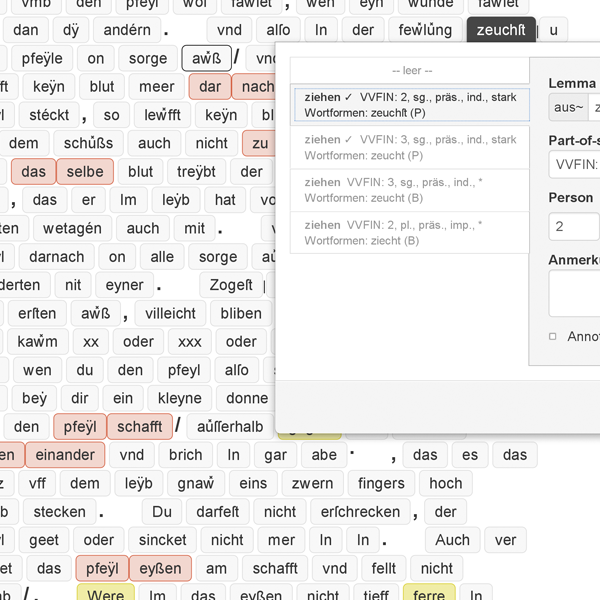
LERA, Martin Luther University Halle-Wittenberg
LERA is an interactive, digital tool for analyzing variations between multiple versions of a text in a synoptic manner developed at Martin Luther University Halle-Wittenberg.
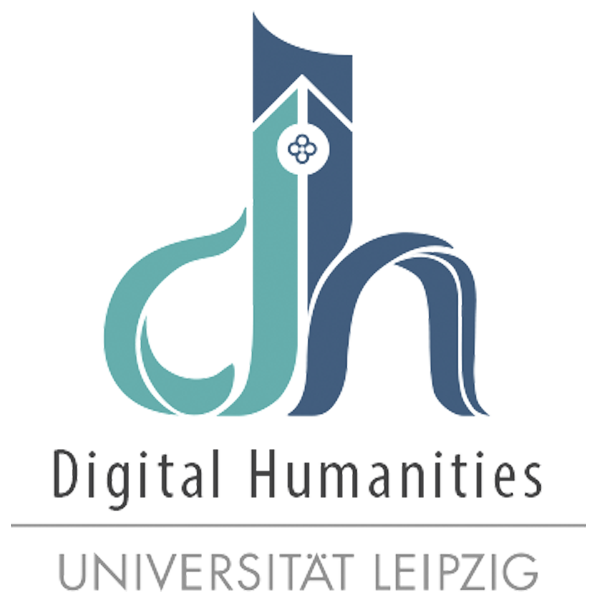
The Humboldt Chair of Digital Humanities at the University of Leipzig
Seeing in the rise of Digital Technologies an opportunity to re-assess and re-establish how the humanities can advance the understanding of the past and to support a dialogue among civilizations.
Image Credits

abdalhadi
Image Credit: privat

Maysoon Shibi 2023-2
Image Credit: —

Tebakhi
Image Credit: —

Glaubitz-image_bw
Image Credit: —

Albert Schlosser_Quelle privat
Image Credit: —

marzolph-foto
Image Credit: privat

peled
Image Credit: private, 2013

el_khattabi
Image Credit: privat

bnf
Image Credit: —

kloocke
Image Credit: —

pavlyshyn
Image Credit: privat

ahmed
Image Credit: private

belouin
Image Credit: —

fishbein
Image Credit: —

kitab
Image Credit: —

deghani
Image Credit: —

redwan
Image Credit: —

Mummelthei_square
Image Credit: privat

kozae
Image Credit: —

J. Stephan_2019
Image Credit: J. Stephan, privat 2019

khalfallah
Image Credit: —

beers
Image Credit: private

toral
Image Credit: —

gruendler
Image Credit: —

Asmaa-Essakouti
Image Credit: Image Credit: private, 2023

I. Kristo-Nagy
Image Credit: privat

Inden_foto
Image Credit: privat, 2023

IGNACIO SÁNCHEZ
Image Credit: Nadine Borau, 2019

Pegah Shahbaz, 2021
Image Credit: © private, 2021

Crow, from: MS Pococke 400, fol. 82v
Image Credit: Crow, from: MS Pococke 400, fol. 82v

van_ginkel
Image Credit: © Klaus Memmert, 2019

keegan
Image Credit: privat

cedis
Image Credit: —

bibl_arab
Image Credit: —

bnf
Image Credit: —

LERA
Image Credit: —

dh_leipzig
Image Credit: —
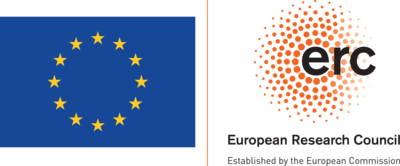
The AnonymClassic project has received funding from the European Research
Council under the European Union’s Horizon 2020 programme; project ID: 742635
Arabic Literature Cosmopolitan is funded by the Gottfried Wilhelm Leibniz-Prize 2017
by DFG / Deutsche Forschungsgemeinschaft awarded to Beatrice Gruendler.
.

Project homepage created by Victoria Mummelthei.
